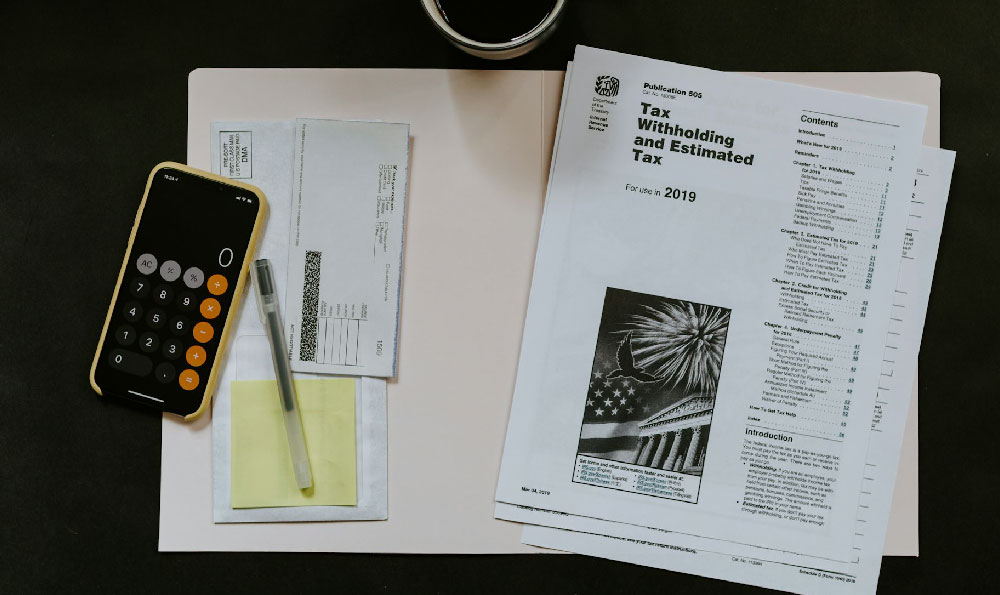CoinPro: Smart Risk Management - But Is It Really Smart? And How?
CoinPro, a relatively new entrant in the increasingly crowded field of cryptocurrency investment platforms, markets itself on its "smart risk management" capabilities. This promise, alluring to both crypto veterans wary of volatile market swings and newcomers intimidated by the perceived dangers, begs several crucial questions: What does "smart risk management" actually entail for CoinPro users? Is it truly effective? And, most importantly, how does it achieve (or fail to achieve) its stated goals?
To understand CoinPro's approach, we must first delve into the fundamental challenges of risk management in the cryptocurrency market. Unlike traditional assets, cryptocurrencies are characterized by extreme volatility, regulatory uncertainty, and the ever-present threat of scams and hacks. A robust risk management strategy must therefore address these unique characteristics. Typical methods include diversification across different cryptocurrencies, setting stop-loss orders to limit potential losses, utilizing hedging strategies, and carefully allocating capital based on individual risk tolerance.
CoinPro claims to leverage a combination of algorithmic trading, portfolio diversification, and automated risk assessment tools to mitigate these risks. The algorithmic trading component purportedly analyzes real-time market data to identify optimal entry and exit points, aiming to capitalize on short-term price fluctuations while minimizing exposure to longer-term downturns. The diversification element involves spreading investments across a basket of different cryptocurrencies, ostensibly reducing the impact of any single coin's performance on the overall portfolio. The automated risk assessment tool, crucial to tailoring the platform to individual users, assesses their risk tolerance based on a questionnaire and assigns them to a specific risk profile, influencing the platform's investment decisions on their behalf.

However, a closer examination reveals potential limitations and areas of concern. While algorithmic trading can be beneficial in certain market conditions, it is not a foolproof solution. Algorithms are only as good as the data they are trained on, and the unpredictable nature of the cryptocurrency market can often lead to unexpected and adverse outcomes. Furthermore, algorithmic trading can be susceptible to market manipulation and flash crashes, potentially exacerbating losses rather than mitigating them.
The diversification strategy, while sound in principle, is not without its own challenges. The cryptocurrency market is highly correlated, meaning that different cryptocurrencies often move in the same direction. Simply diversifying across a range of altcoins may not provide the degree of risk reduction that investors expect, particularly during periods of market-wide sell-offs. Furthermore, some altcoins may be inherently riskier than others, due to lower liquidity, smaller market capitalization, or less established track records. CoinPro needs to demonstrate a robust methodology for selecting and weighting the different cryptocurrencies in its diversified portfolios to ensure genuine risk mitigation.
The automated risk assessment tool, while a positive step towards personalization, relies heavily on self-reported data. Users may not accurately assess their own risk tolerance, leading to a mismatch between their stated preferences and the actual riskiness of their investments. Furthermore, risk tolerance can change over time, and the platform needs to be able to adapt to these changes dynamically. A static risk profile, determined at the outset of the investment, may become increasingly inappropriate as market conditions and individual circumstances evolve.
Moreover, the "smart" aspect of CoinPro's risk management is contingent on the transparency of its algorithms and methodologies. Without clear disclosure of how the platform's algorithms work, how diversification strategies are implemented, and how risk assessments are conducted, users are essentially placing blind trust in CoinPro's claims. This lack of transparency raises concerns about potential conflicts of interest and the possibility that the platform's algorithms may be designed to benefit CoinPro at the expense of its users.
Adding to the complexity is the lack of regulatory oversight in the cryptocurrency market. Unlike traditional financial institutions, cryptocurrency platforms often operate in a regulatory gray area, which means that investors have limited recourse in the event of fraud or mismanagement. This lack of regulatory protection further underscores the importance of due diligence and caution when using platforms like CoinPro.
In conclusion, while CoinPro's "smart risk management" proposition holds promise, it is crucial for investors to approach it with a healthy dose of skepticism. The platform's reliance on algorithmic trading, diversification, and automated risk assessment tools is not a guarantee of success, and potential limitations and areas of concern must be carefully considered. Before investing in CoinPro, users should thoroughly research the platform's methodologies, understand the risks involved, and ensure that the platform's risk management strategies align with their own individual risk tolerance and investment goals. Ultimately, "smart risk management" is not a magic bullet, but rather a continuous process of assessment, adaptation, and vigilance. Investors should not solely rely on CoinPro's claims, but rather take an active role in managing their own cryptocurrency investments. True smartness lies in informed decision-making and a clear understanding of the risks involved. It is imperative to remember the inherent volatility of the cryptocurrency market and diversify investment strategies across multiple platforms and asset classes, rather than placing all faith in a single, albeit seemingly intelligent, system. Only then can investors navigate the complexities of the cryptocurrency landscape with a greater degree of confidence and security.















